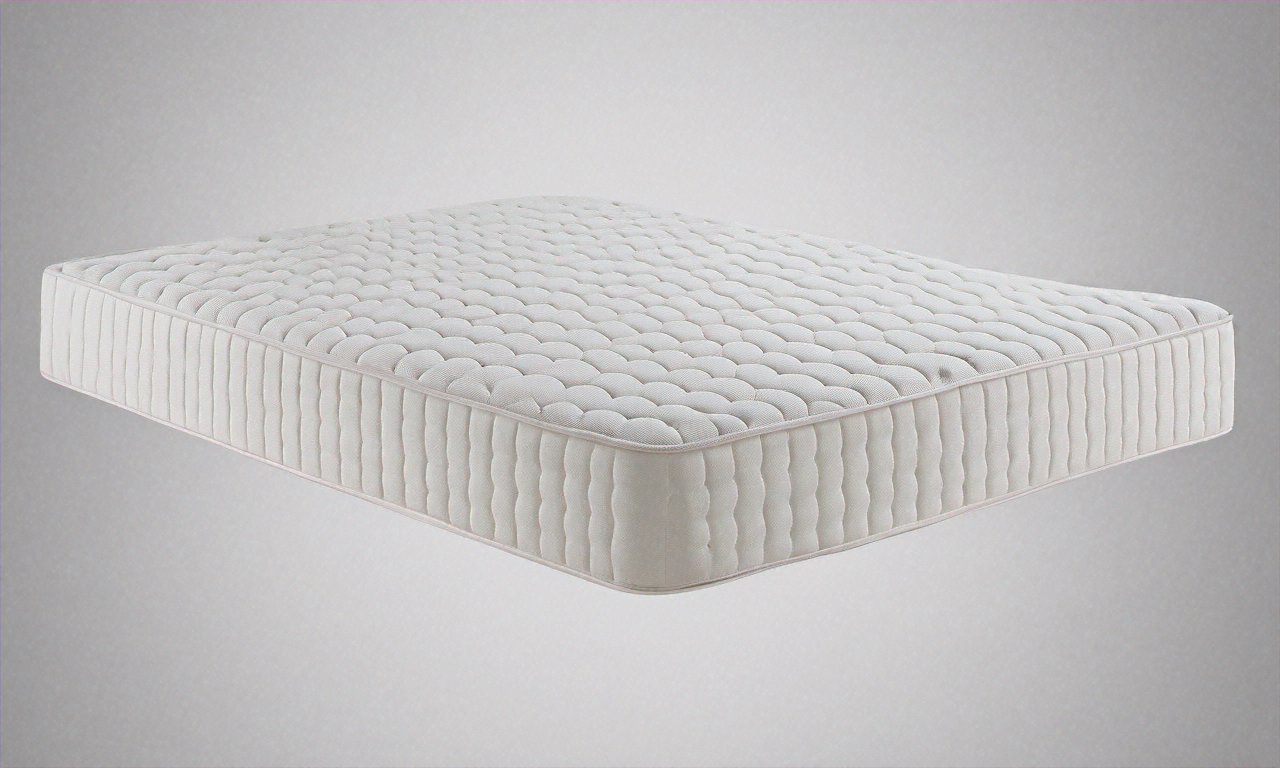Choosing and Maintaining the Right Mattress for Seniors: A Comprehensive Guide
A well-chosen mattress plays a crucial role in ensuring comfort and proper rest for older adults. As we age, our bodies require additional support and specific features to maintain good sleep quality and overall well-being. Understanding how to select and maintain the right mattress becomes increasingly important for seniors and their caregivers.

How to Select an Appropriate Mattress for Elderly Individuals
The selection process for a senior-friendly mattress requires careful consideration of several factors. Medium-firm to firm mattresses often provide the necessary support for aging bodies, helping maintain proper spine alignment. Consider mattresses with pressure-relief properties to minimize discomfort on joints and pressure points. Height accessibility is another crucial factor - the mattress should allow seniors to get in and out of bed safely without straining.
Essential Features of Senior-Friendly Mattresses
Modern mattresses designed for older adults incorporate specific elements to enhance comfort and safety. Temperature regulation features help manage night sweats common in seniors. Edge support provides stability when sitting or rising from bed. Motion isolation becomes particularly important for couples, reducing sleep disruption when one person moves. Memory foam or hybrid mattresses often offer these benefits while maintaining durability.
Benefits of Quality Mattresses for Older Adults
Proper mattress selection can significantly impact senior health and comfort. Quality mattresses help reduce joint pain and stiffness, particularly important for those with arthritis or mobility issues. Good support promotes better circulation and can help prevent bedsores in less mobile individuals. Additionally, appropriate mattress firmness can improve sleep quality, leading to better cognitive function and daytime alertness.
Maintaining Mattress Quality and Longevity
Regular maintenance extends mattress life and preserves its supportive properties. Rotate the mattress every three to six months to ensure even wear. Use mattress protectors to guard against moisture and stains. Regular cleaning, including vacuuming and spot cleaning, helps maintain hygiene. For seniors with mobility issues, consider professional cleaning services to maintain mattress condition.
Common Mattress Types and Their Suitability for Seniors
| Mattress Type | Key Features | Suitability for Seniors |
|---|---|---|
| Memory Foam | Pressure relief, motion isolation | Excellent for joint pain |
| Latex | Natural materials, temperature neutral | Good for allergies |
| Hybrid | Support coils with comfort layers | Balance of support and comfort |
| Innerspring | Firm support, good airflow | Suitable for those preferring traditional feel |
Prices, rates, or cost estimates mentioned in this article are based on the latest available information but may change over time. Independent research is advised before making financial decisions.
Adapting Mattress Choice to Specific Health Needs
Different health conditions may require specific mattress features. Those with back pain benefit from medium-firm support, while individuals with circulation issues might need adjustable bases. Consider consulting healthcare providers about specific mattress requirements based on individual health conditions and mobility needs.
This article is for informational purposes only and should not be considered medical advice. Please consult a qualified healthcare professional for personalized guidance and treatment.




